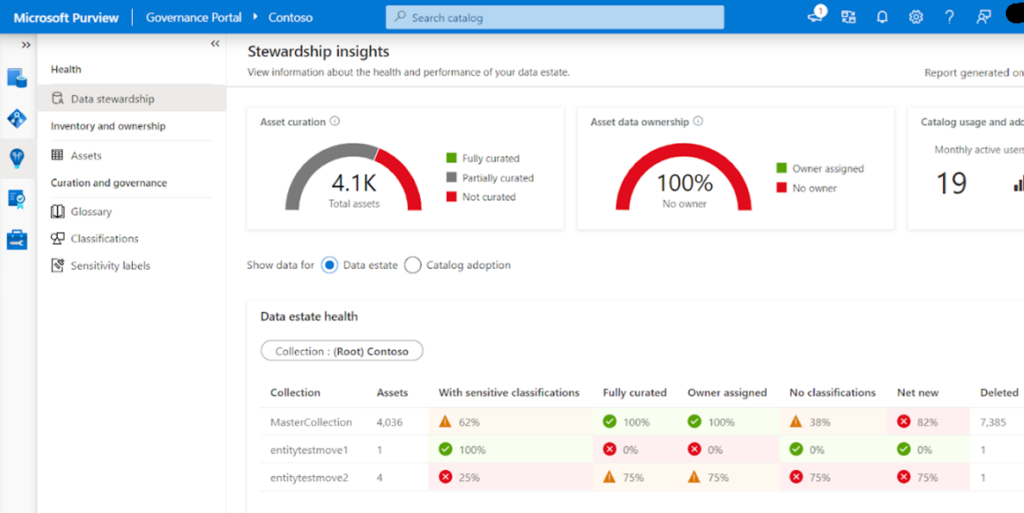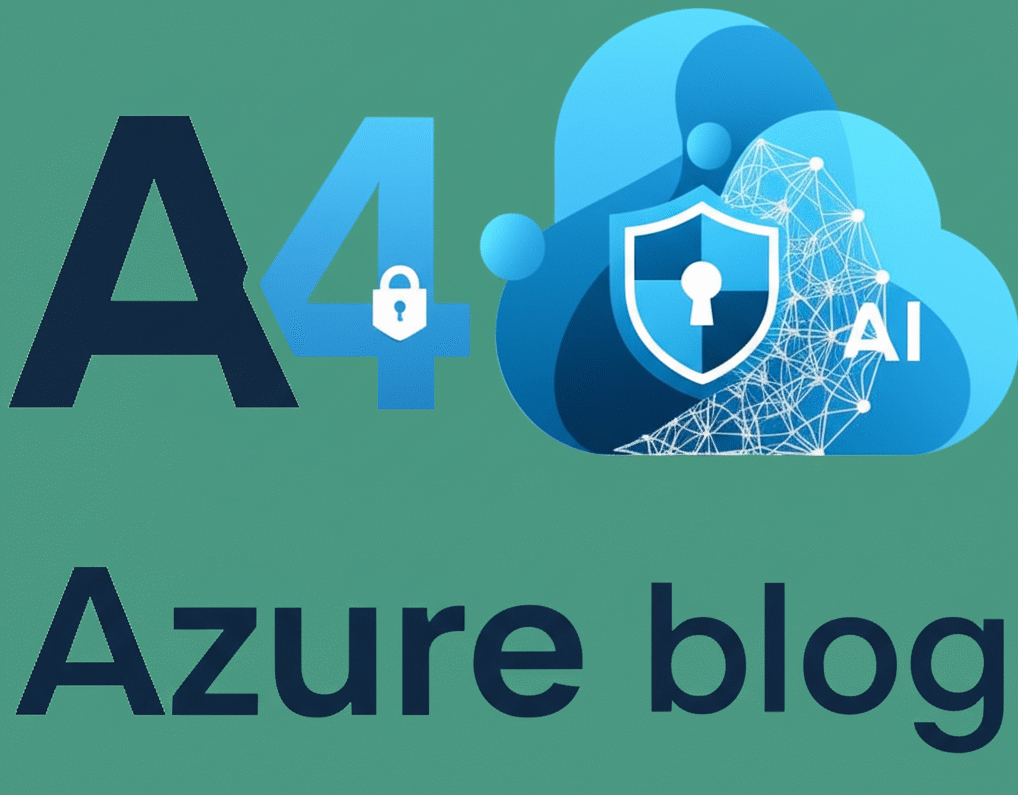
The integration of Microsoft Purview and Microsoft Fabric presents a game-changing approach to managing and optimizing an organization’s data ecosystem. Microsoft Purview is a robust data governance solution designed to help businesses discover, catalog, and govern their data assets across hybrid and multi-cloud environments. It ensures that data is properly classified, secured, and accessible, providing organizations with a unified view and control over their data landscape.
When combined, Microsoft Purview and Fabric create a powerful synergy that enhances both data governance and operational efficiency. Organizations benefit from increased data visibility, improved regulatory compliance, and the ability to unlock deeper insights by leveraging well-managed, trustworthy data. This integration empowers businesses to make informed decisions based on accurate, governed, and accessible data, ultimately driving more strategic and data-driven outcomes.
Role Of Purview on Data Governance
“Understanding Microsoft Purview for Data Governance” involves exploring how this powerful tool plays a crucial role in modern data management. Microsoft Purview is a comprehensive data governance solution designed to help organizations gain visibility, control, and manage their data across various environments, whether on-premises, in the cloud, or in hybrid settings.
By leveraging Purview, organizations can ensure that their data is not only well-managed but also trustworthy and accessible to the right users. It acts as a single pane of glass for data governance, facilitating better decision-making, risk management, and operational efficiency, ultimately driving a more responsible and data-centric culture.

Microsoft Purview functions as an advanced data governance service that enables organisations to discover, map, and govern their data assets across diverse environments, including hybrid and multi-cloud setups. By offering a unified view of data and its lineage, Microsoft Purview improves data visibility, promotes regulatory compliance, and supports informed decision-making.
Key functionalities include:
- Data Discovery: Purview automatically identifies and classifies data assets by scanning your data landscape, including cloud-stored data, on-premises environments, and SaaS applications.
- Data Cataloguing: Purview creates a comprehensive metadata catalogue of your data, serving as a central information hub for easy user access.
- Data Lineage: By tracking data movement throughout your systems, Purview provides insights into how data is created, transformed, and utilised across your organisation.
- Data Classification: Purview allows you to identify, classify, and apply security measures to sensitive data, strengthening your overall security posture.
- Data Access Control: Purview enables you to manage who can access specific data, ensuring that sensitive information remains secure and only accessible by authorised personnel.
- Data Sharing: Purview facilitates secure and private data sharing within or between organisations, eliminating the need for unnecessary data duplication.
This unified platform simplifies data governance, with Microsoft Purview empowering businesses to efficiently manage and leverage their data assets while ensuring security and compliance standards are maintained.
Key Benefits of Microsoft Fabric and Purview
These services work harmoniously as a dynamic data management pair. Fabric provides the foundation by gathering and preparing your data for analysis, while Purview secures the data, ensuring it is classified, protected, and used responsibly.
Key organisational benefits of using these tools together include:
- Streamlined Operations: The integration of Fabric and Purview simplifies data processes, providing a unified platform for data integration, processing, governance, and compliance.
- Enhanced Visibility: Organisations gain a comprehensive view of their data landscape, including lineage, quality, and usage, fostering transparency and informed decision-making.
- Robust Governance: Purview strengthens data governance by ensuring data is securely managed, compliant with regulations, and aligned with organisational policies.
- Efficient Integration: Fabric’s integration capabilities seamlessly connect data sources, while Purview accurately tracks metadata and lineage information.
- Data Quality Assurance: The collaboration between Fabric and Purview upholds data quality standards and consistency, minimising data silos and maintaining data accuracy.
- Scalability and Flexibility: Businesses can effectively scale their data operations and adapt to changing data needs using the combined capabilities of Fabric and Purview.
- Informed Decision-Making: Leveraging insights from Purview’s governance and Fabric’s analytics enables organisations to make data-driven decisions confidently.
By harnessing the strengths of Fabric’s unified data platform and Purview’s advanced governance features, businesses can create a seamless and effective data management ecosystem that drives efficiency, compliance, and strategic insights, ultimately leading to organisational success.
How to get started
Organisations can successfully implement Microsoft Fabric and Purview by following these steps:
- Identify specific areas of data management and governance that need improvement and determine how these tools can address those needs.
- Conduct a thorough assessment of your current data architecture, including sources, formats, and quality. Identify key data assets, potential gaps, and areas of governance concern.
- Develop an implementation strategy, considering factors such as data volumes, regulatory compliance requirements, integration complexities, and user training.
- Begin with a pilot phase involving a small subset of data and users. Test functionalities, validate configurations, and gather feedback.
- Start onboarding relevant data into Fabric, using Purview to discover, classify, and map data assets across the organisation.
- Define data governance policies, access controls, and compliance guidelines within Purview. Ensure that data classification, lineage tracking, and metadata management align with organisational standards and regulatory requirements.
- Provide training and change management strategies to support smooth adoption of the new tools and processes across departments.
- Regularly monitor the performance of Fabric and Purview, tracking data quality, governance compliance, and user feedback.
